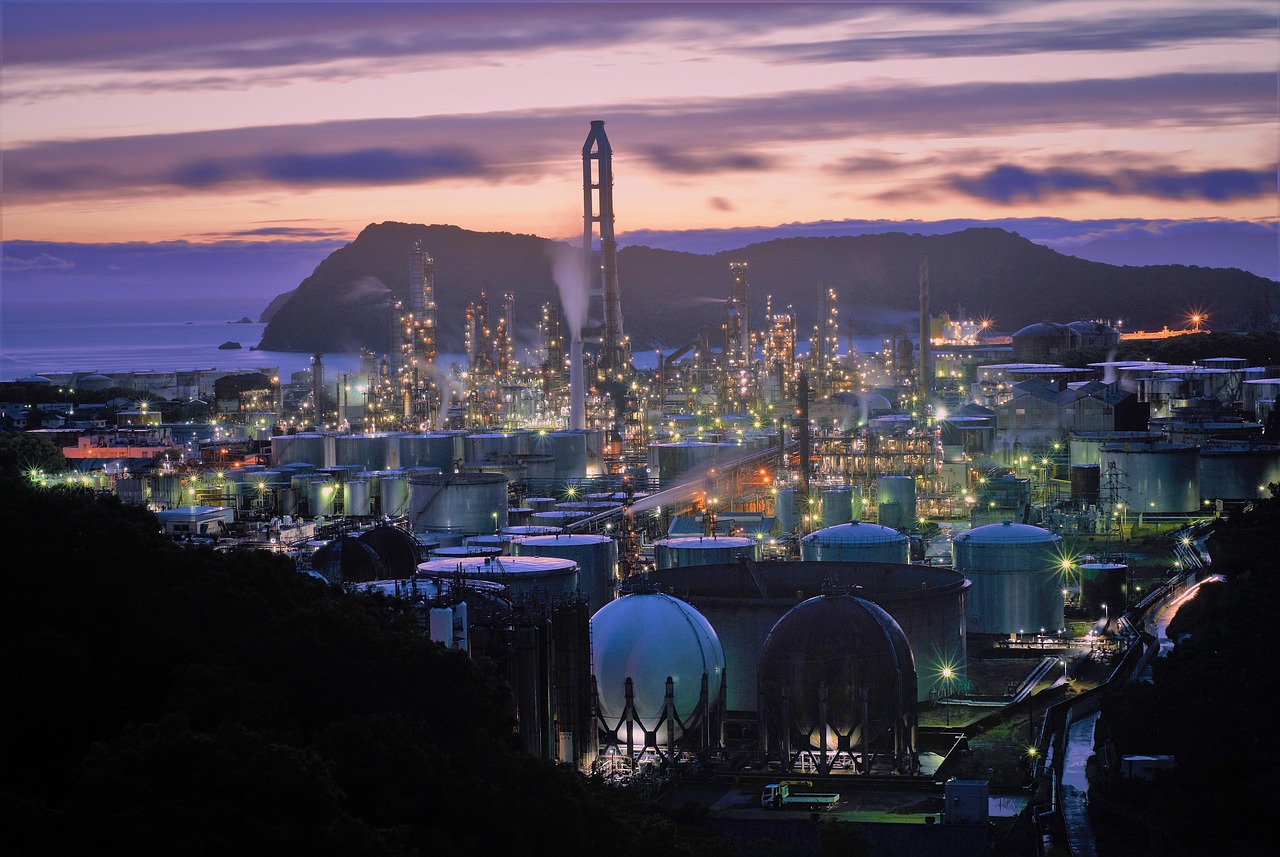Noninvasive Survey Methods to Map Concealed Pipeline Anomalies
Noninvasive survey methods allow operators to locate and characterize concealed pipeline anomalies without excavation or significant service interruption. Combining acoustic sensing, thermal imaging, pressure monitoring, fiberoptic systems and advanced analytics delivers layered diagnostics that support accurate mapping of leaks, corrosion, and mechanical defects while preserving operational continuity.

How are pipeline surveys conducted noninvasively?
Noninvasive pipeline surveys typically assemble multiple sensor types and data streams to produce a clear map of concealed anomalies. Inspection teams combine mobile and fixed monitoring platforms so that mapping can occur while lines remain in service. Data from acoustic, thermal, pressure, and fiberoptic sensors are aligned spatially and temporally to build diagnostic profiles. Calibration of equipment and geospatial referencing are essential steps, ensuring that detection signals are accurately translated to locations along the pipeline. The result is a prioritized anomaly list that supports targeted follow-up interventions with minimal disruption.
What acoustic methods detect leaks?
Acoustic monitoring relies on detecting sounds generated by fluid or gas escaping a pressurized system. Arrayed sensors and hydrophones pick up characteristic frequency patterns; signal processing isolates leak signatures from ambient noise. Acoustic diagnostics can discriminate between small pinholes and larger ruptures by analyzing amplitude and spectral content. Continuous acoustic monitoring can alert operators to developing faults, while short-term acoustic surveys provide high-resolution mapping during routine inspections. Proper sensor placement and on-site calibration reduce false positives and improve the reliability of acoustic-based mapping.
How does infrared thermal monitoring aid detection?
Infrared thermal imaging detects temperature differentials at the ground surface or on exposed pipe sections that indicate subsurface leaks or insulation failures. Thermal cameras mounted on drones, vehicles, or fixed rigs capture spatial temperature patterns that, when combined with mapping tools, reveal probable anomaly locations. Thermal monitoring is especially useful for detecting fluid transport anomalies in buried pipelines where escaping product alters soil or surface temperatures. Regular thermal surveys offer a noncontact method to complement acoustic and pressure data, and help prioritize areas for closer inspection.
What role do pressure sensors and monitoring play in diagnostics?
Pressure monitoring provides continuous, quantitative insight into pipeline integrity. Sudden drops, slow declines, or fluctuating patterns can indicate leaks, valve malfunctions, or blockages. Smart pressure sensors distributed along a network feed real-time monitoring systems that flag anomalies for further mapping. When pressure data are integrated with acoustic and thermal readings, they improve diagnostic confidence by providing corroborating evidence of a defect. Pressure sensors require periodic calibration to maintain accuracy, and interpretation benefits from contextual information such as flow rates, temperature, and operational cycles.
How are fiberoptics used for continuous mapping?
Fiberoptic sensing, including distributed acoustic sensing (DAS) and distributed temperature sensing (DTS), turns a fiber cable into a continuous line of sensors capable of long-range monitoring. DAS captures vibration and acoustic events along the entire fiber length, enabling precise localization of disturbances, while DTS reports temperature variations that may indicate leaks. Fiberoptics provide high spatial resolution and can cover hundreds of kilometers from a single interrogator. Integrating fiberoptic outputs with georeferenced mapping platforms supports continuous anomaly detection and reduces the need for frequent localized surveys.
How do analytics and calibration improve diagnostics?
Advanced analytics transform raw sensor outputs into actionable insights by filtering noise, correlating multi-sensor events, and estimating anomaly severity. Machine learning and statistical models help classify signals from acoustic, thermal, pressure, and fiberoptic sources, improving detection accuracy over time. Regular calibration of sensors and alignment of time stamps are critical to ensure that analytics operate on reliable inputs. Calibration also accounts for environmental factors that influence sensor behavior. Together, well-calibrated instrumentation and analytics shorten diagnosis cycles, reduce false alarms, and enhance the precision of pipeline mapping.
Conclusion Noninvasive survey strategies for concealed pipeline anomalies combine complementary sensing technologies—acoustic, thermal, pressure, fiberoptic—and data analytics to produce accurate, operationally friendly maps of integrity issues. Emphasizing calibration, geospatial alignment, and multi-sensor correlation increases diagnostic confidence and supports targeted maintenance. These methods allow operators to monitor and prioritize interventions while minimizing service interruptions and excavation costs.






